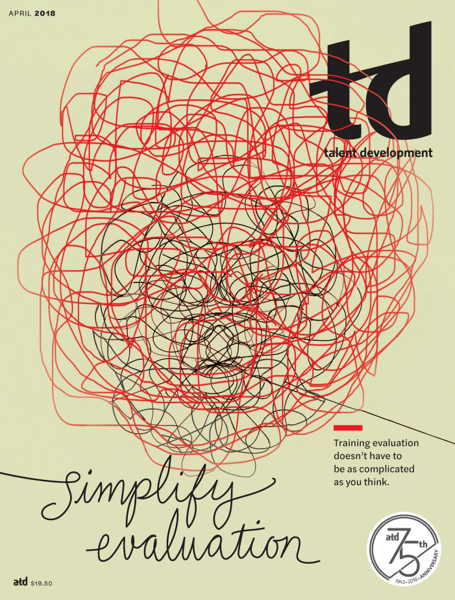TD Magazine Article
Constructing a Learning Culture
A review of Organizational Learning and Performance: The Science and Practice of Building a Learning Culture by Ryan E. Smerek
Mon Apr 02 2018
Organizational Learning and Performance: The Science and Practice of Building a Learning Culture
By Ryan E. Smerek
Oxford University Press, 200 pp., $44.98
If you had to rebuild your organization's culture, where would you start? Would you travel to individual organizations with cultures that focus on learning, such as WD-40 or Children's Hospital of Minnesota? Or would you simply pick up the book Organizational Learning and Performance?
Smerek is a faculty member at Northwestern University and has researched, taught, and published in the areas of learning, decision making, innovation, and organizational culture. In this book, he shares his viewpoints and those of others on the topic of organizational learning.
The author begins by exploring the individual psychology of learning. He stresses that managers who seek to build a learning culture need to explore new possibilities and exploit old certainties while keeping up with technology. At the same time, aspirations need to rise to the big-picture level.
To build a learning culture, according to Smerek, it takes mindsets and motivation as well as social norms. Important, too, are learning mechanisms—activities, processes, and systems—that structure learning into organizational routines.
If employees have a fixed mindset, little motivation to learn, and believe they have nothing more to learn, they won't work to improve. But, if they believe they can grow, have a passionate curiosity about the world, and a desire to develop competency, learning will occur.
Smerek notes that psychological safety is critical in organizations where social norms include transparency and the pursuit of truth (for example, being open about what we think and willing to learn from failure). Employees must feel free to examine past behavior in a supportive environment with leaders as teachers. To Smerek, this is the heart of a learning organization's culture.
With an abundance of well-cited research, this book would be appropriate for a graduate-level academic. However, the book falls short in what it offers for the "get-it-done" practitioner who is looking for quick, actionable items. When readers set aside the in-text citations, endnotes, and reference lists, they are left with few surprises, ah-has, or useful tools. Although Smerek provides a 40-item learning culture survey at the end of the book, it appears as a second thought—a tidbit for the busy practitioner.
This short book would be useful for new talent development professionals who want to develop competency or build an academic understanding of the field. However, visiting a leading organization may prove more beneficial for everyday practitioners.

